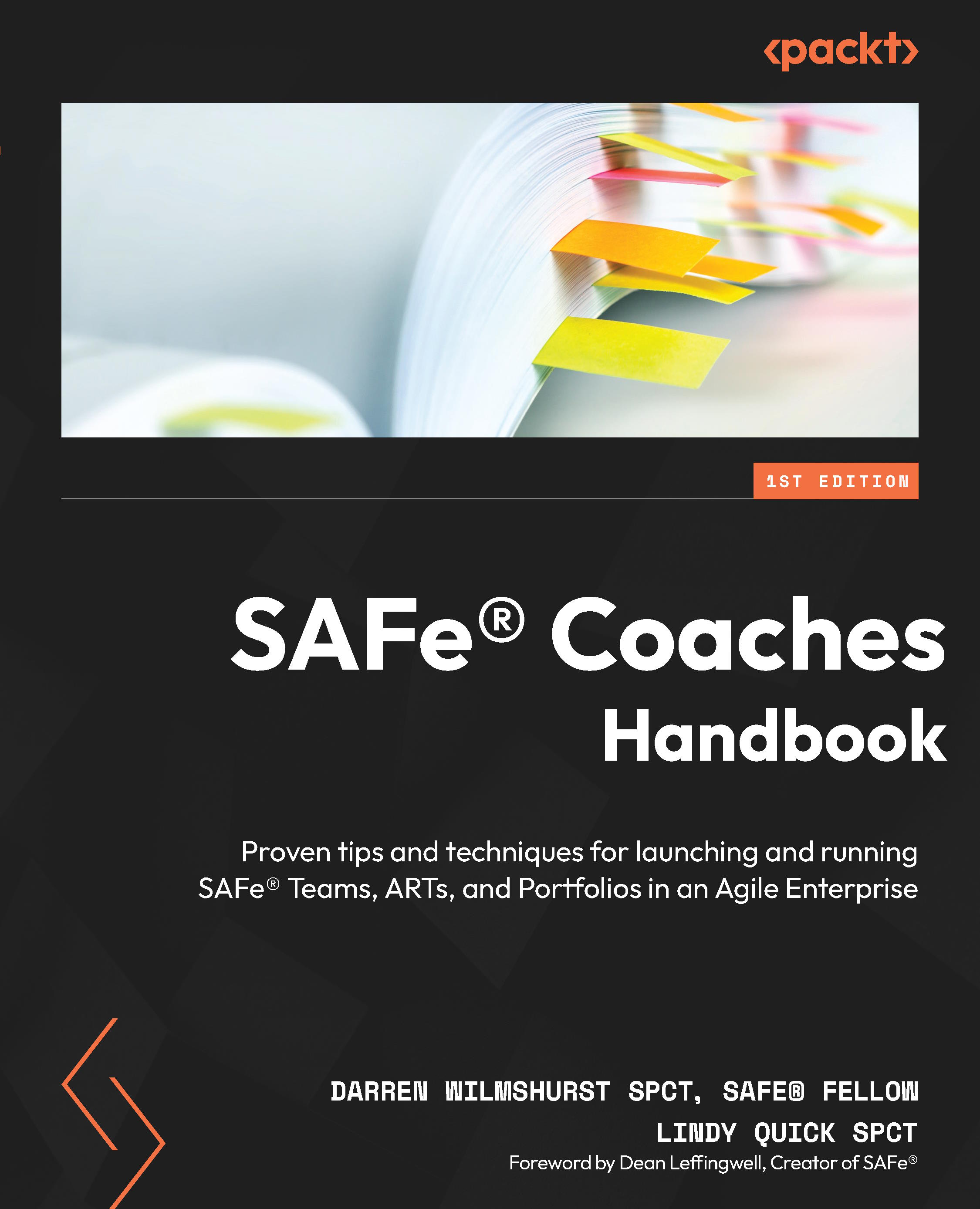The Innovation and Planning Iteration
The Innovation and Planning (IP) Iteration occurs at the end of each Planning Interval (PI) and serves multiple purposes. The IP Iteration provides dedicated time for several different activities teams and individuals may undertake, depending on their needs and maturity:
- Innovation: Innovation gives the team time and space to research new technologies, try out new ideas, and create a thinking space to drive better solutions in the future. Teams often do this via hack-a-thon, leveraging design thinking, finding solutions to technical issues, and so on.
- Continuing education: Teams should try and learn new technologies or enhance and build existing skills. They can attend training classes and generally work to expand their T-shaped skills.
- Team/ART building: Improve collaboration between the teams with team-building exercises. Alternatively, they can work collectively to update and refine the various Definitions of Ready, Definitions...
































































